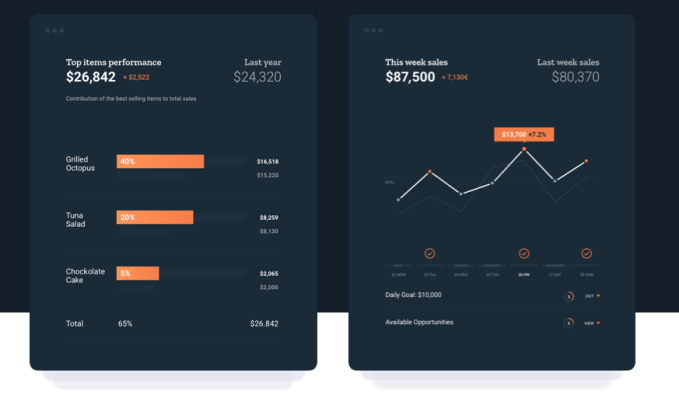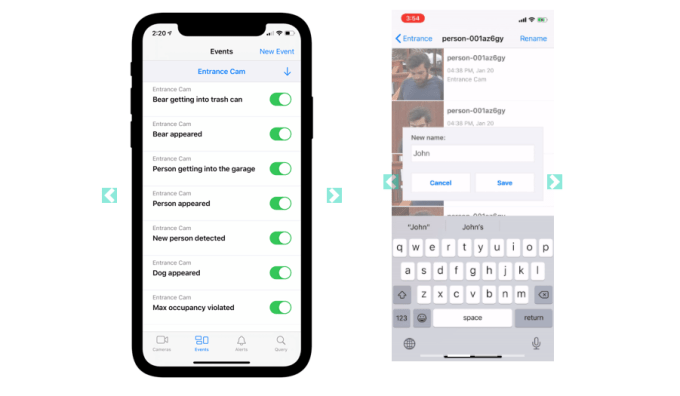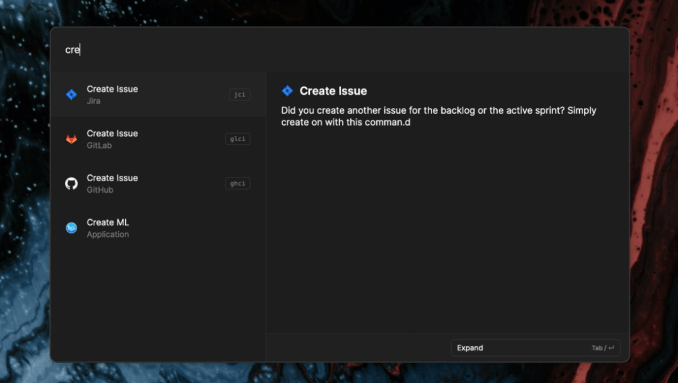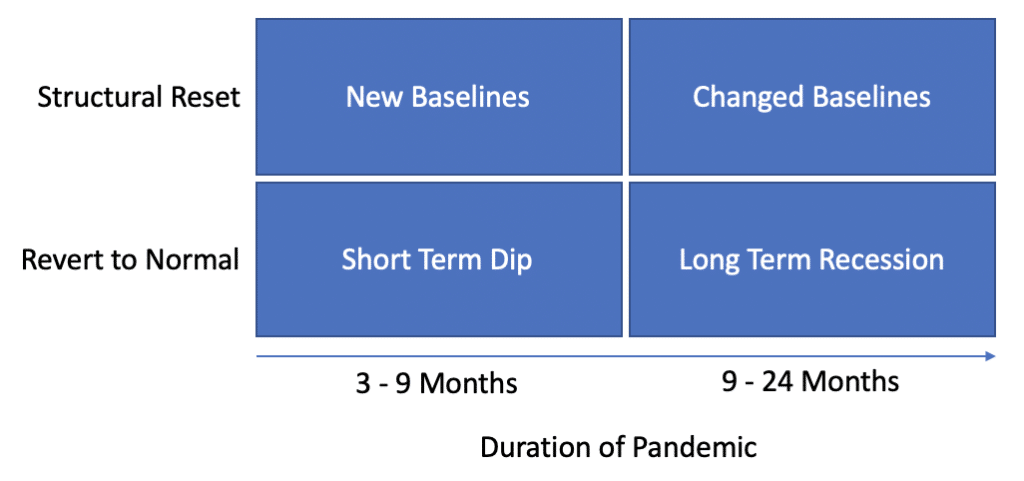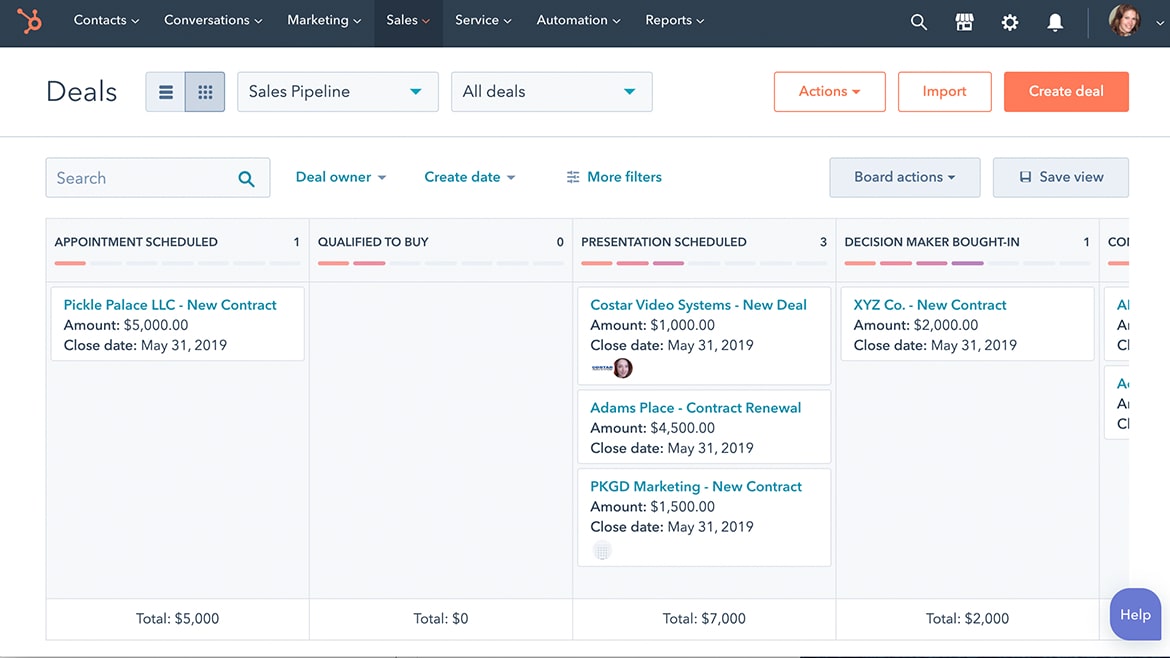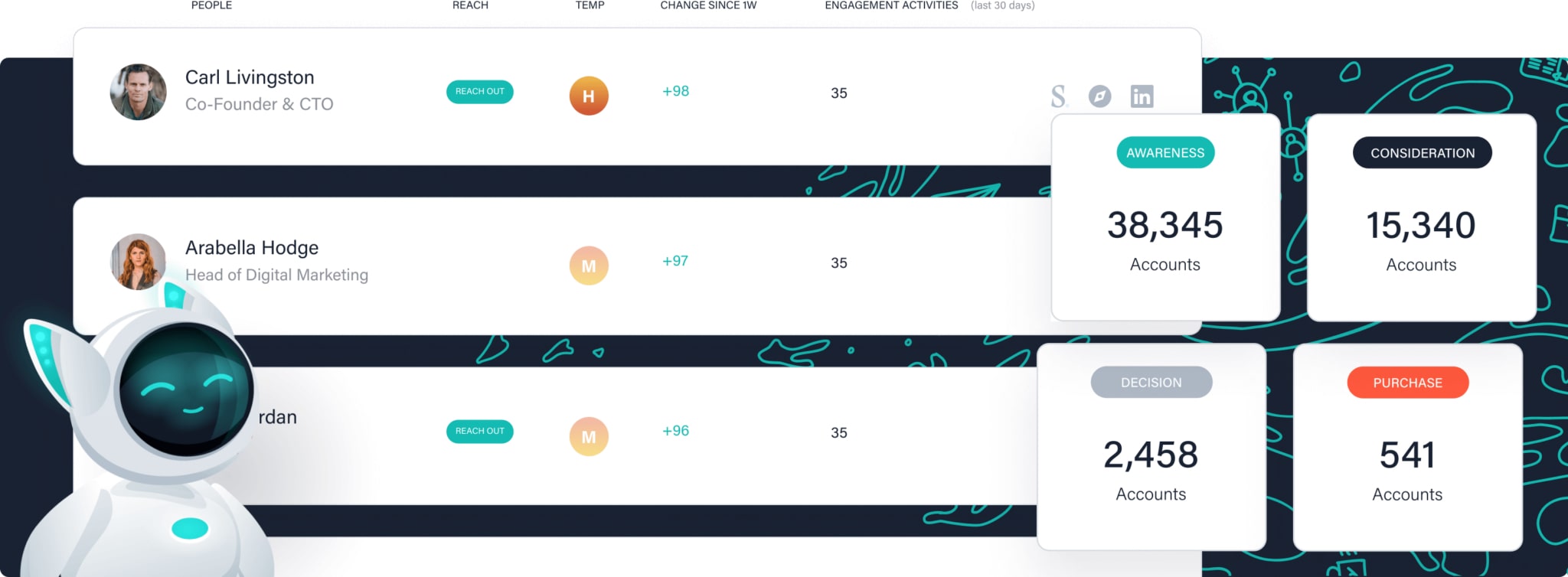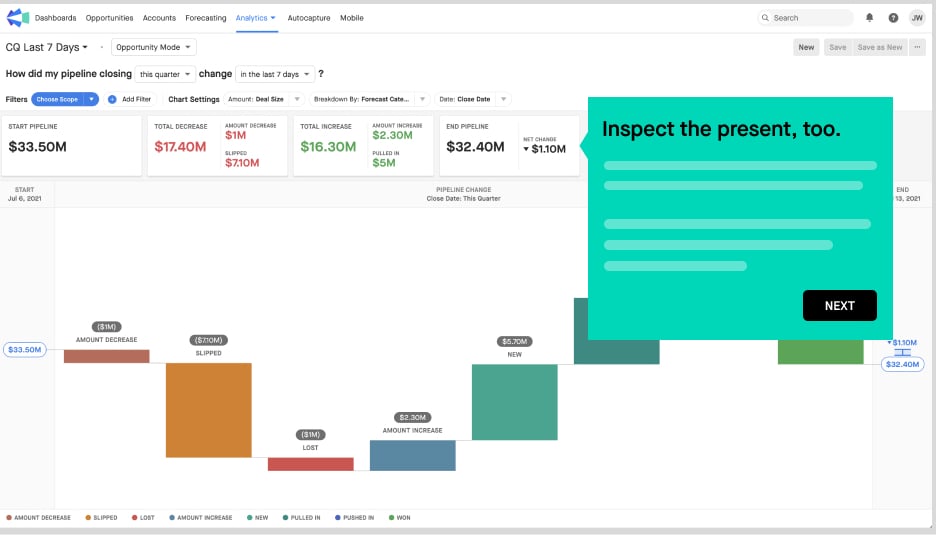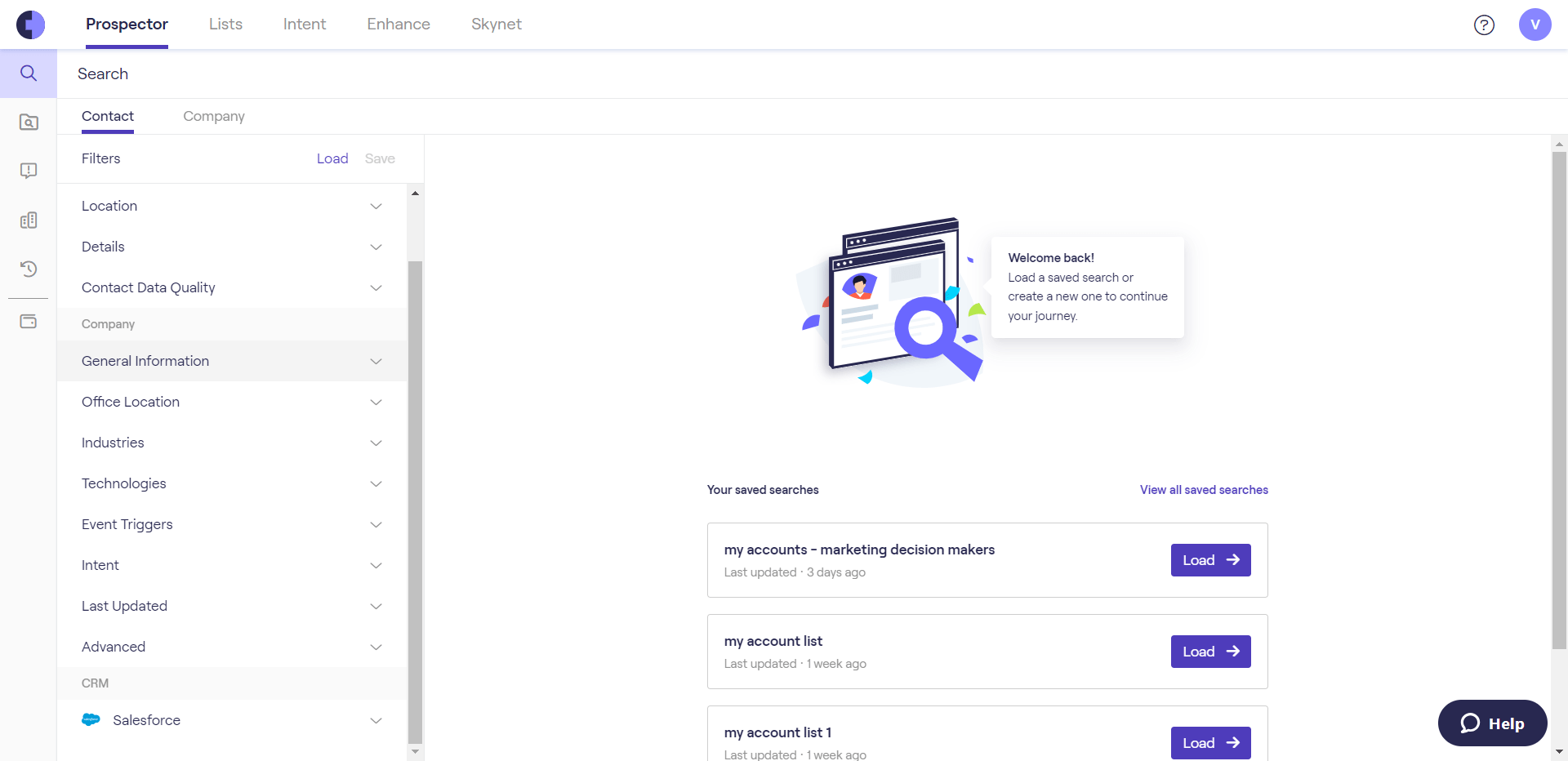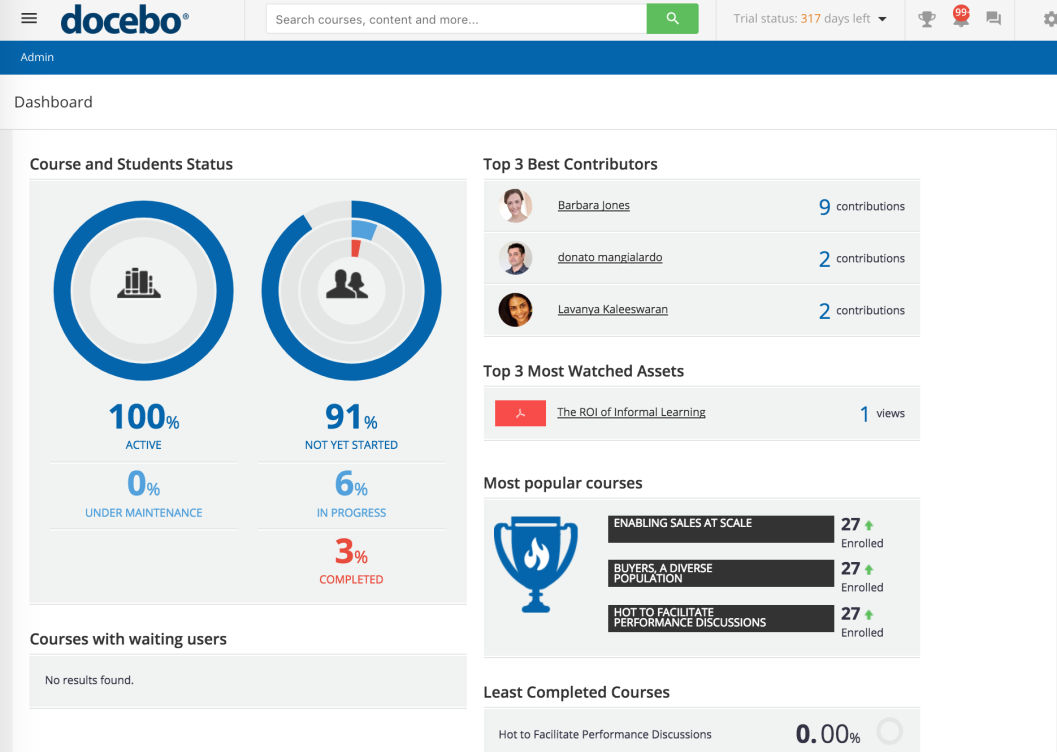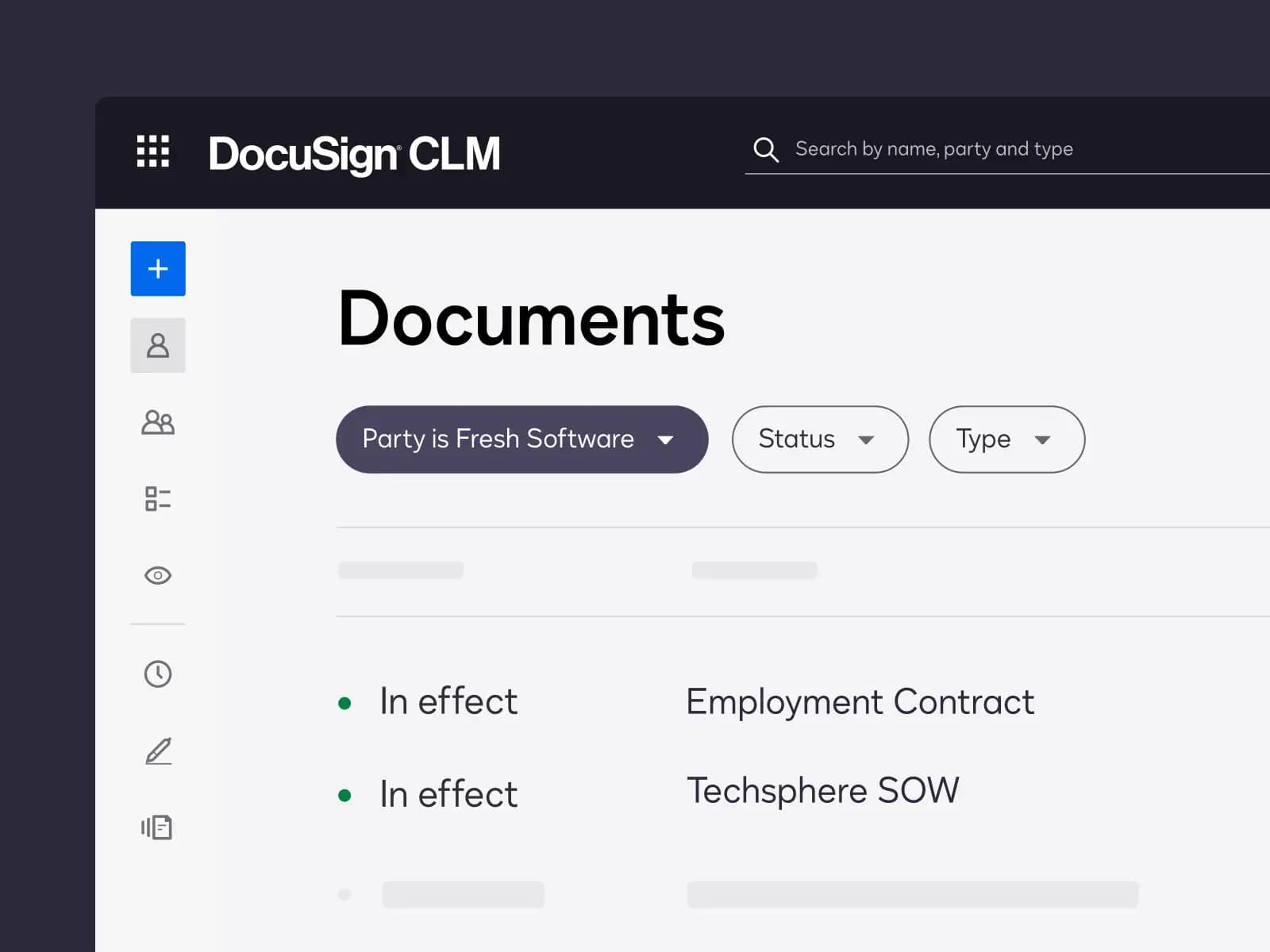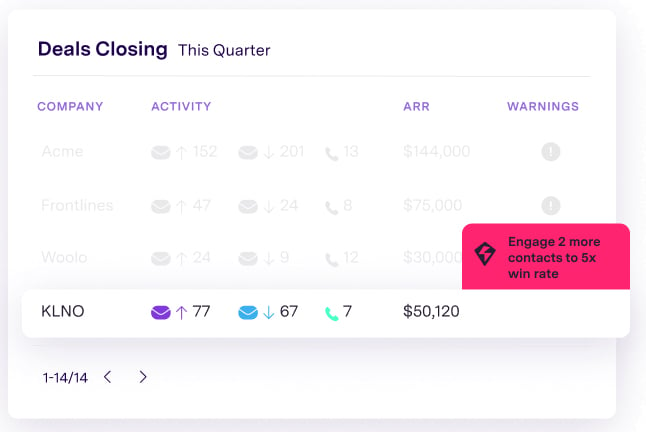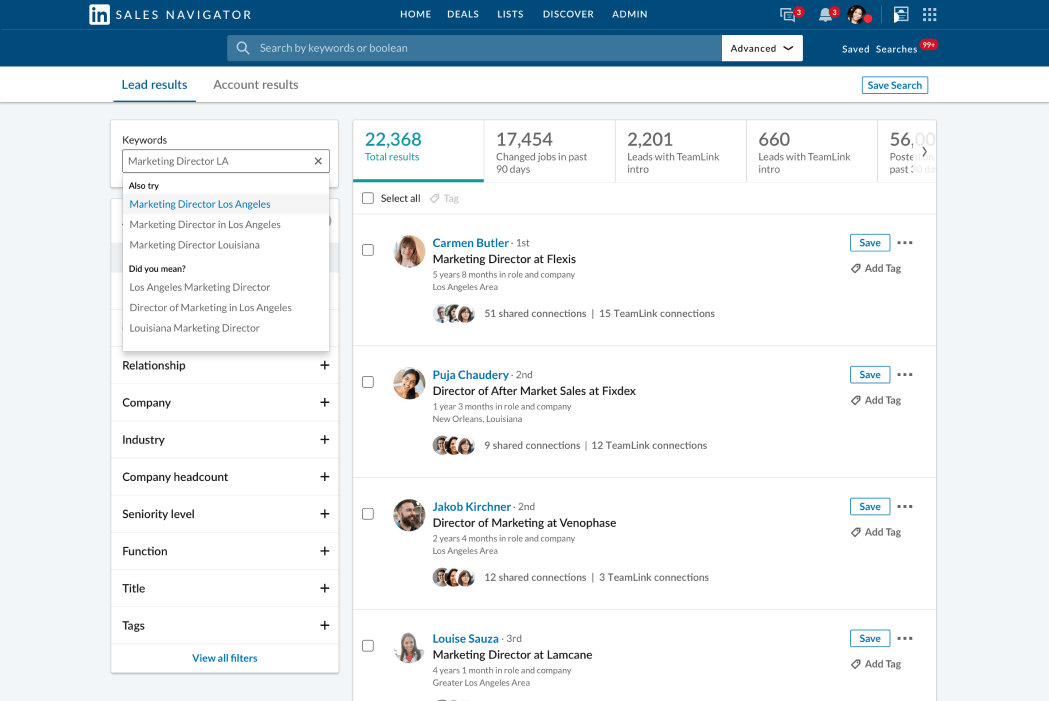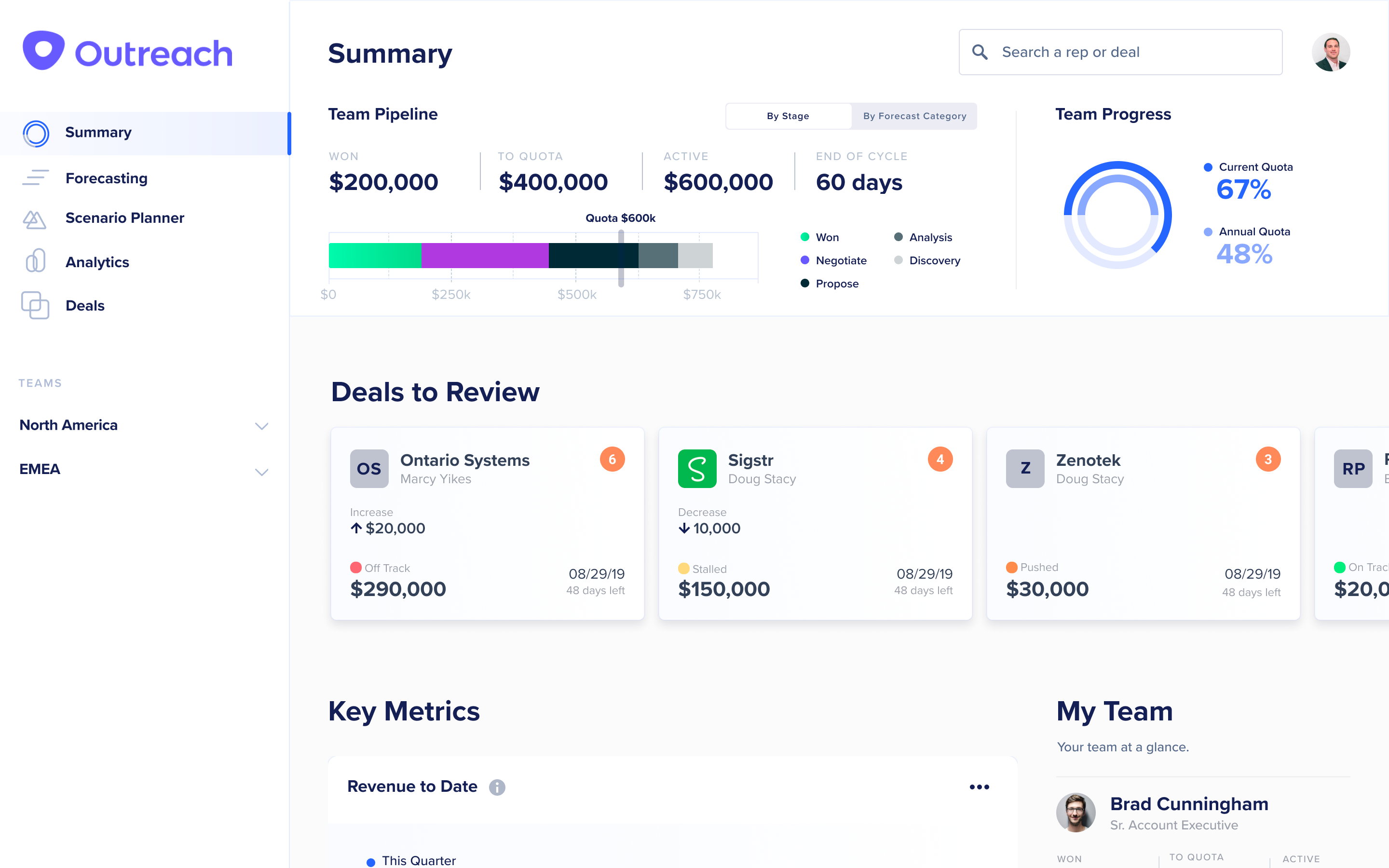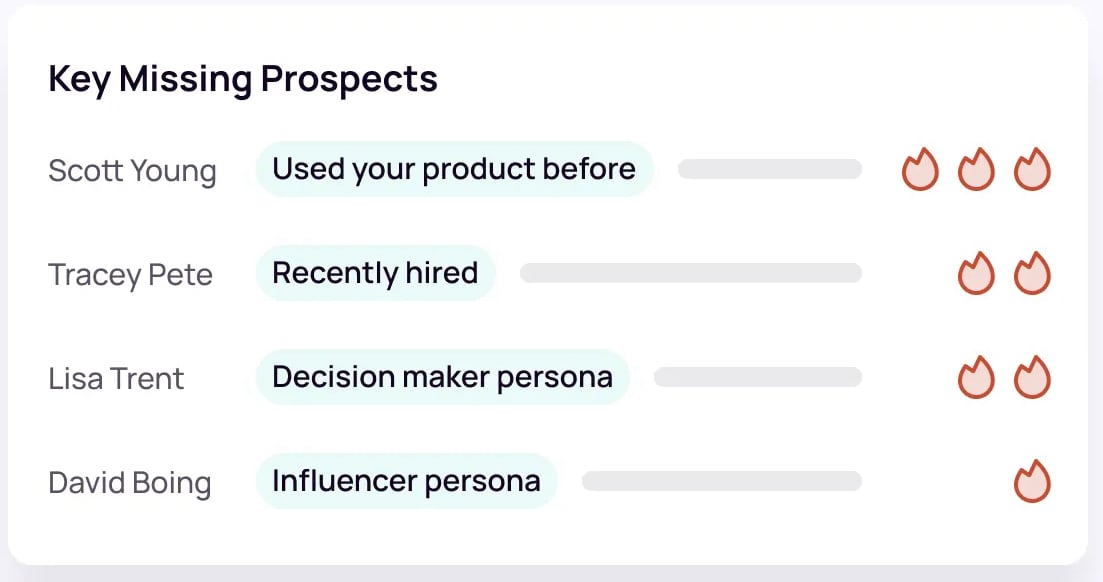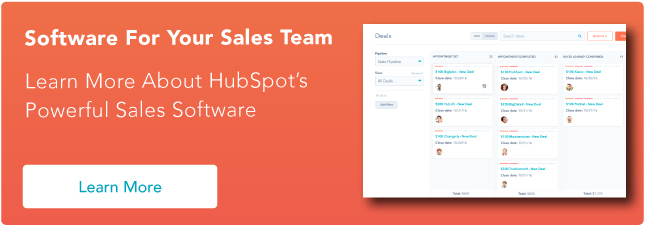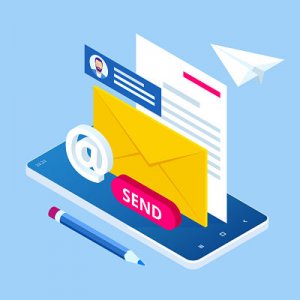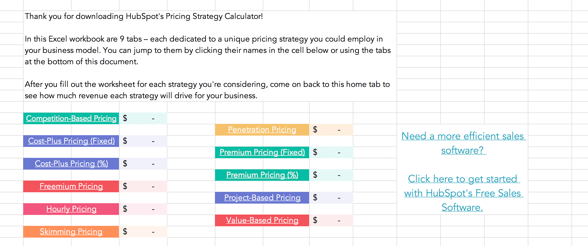
A mindful presenter considers, crafts and conveys their message with a high level of awareness. A distracted mind has a habit of reacting rather than responding and operating on autopilot rather than appreciation. A mindful presenter conditions their mind to focus with clarity on how to connect with their audience emotionally as well as intellectually.
It’s not a new idea, the Greek philosopher Aristotle told us about it 23 centuries ago. In the knowledge that human beings are emotional creatures as well as thinking ones, Aristotle shared the concept of pathos as a means of stirring people’s emotions to connect them to a speaker.
The mindful presenter is aware that appealing purely to logic (logos) at the expense of our emotions is the route to mediocrity. That said, the mindful presenter uses the wisdom of logos (appealing to logic) to understand, avoid and overcome the many obstacles of pathos (appealing to emotions)
Here are 20 bad public speaking habits a mindful presenter avoids at all costs:
- Fire, aim, ready
One of the biggest mistakes any presenter or public speaker can make is to not know their audience. Public speaking aside, every marketing expert will tell you that knowing your audience is central to any strategy. The mindful presenter understands that if you ‘fire’ information to an audience without being in a complete state of readiness or with a mindful aim you will fail.
Do your research and get to know them before you begin building your presentation. Speak to them, email them and find out as much as you possibly can about, who they are, how much they know already, what they want and what they need.
- One size fit’s all
When it comes to public speaking and presenting, the mindful presenter knows that this couldn’t be further from the truth. Akin to the first bad habit, ‘fire, aim, ready, it’s lazy and disrespectful to assume that every audience is the same. In this Forbes article, ‘12 Pro Tips for Tailoring Your Presentation to Your Audience’ the author writes an important truth; ‘Every audience and venue is different and comes with its own energy and vibe’.
Once you’ve done your homework in understanding your audience tailor your message and approach to them personally.
- The Curse of Knowledge
In a previous article I wrote, ‘Most presentations are far too long’ I shared my belief which we demonstrate in our presentation skills training courses that: ‘Cutting a presentation in half often results in greater clarity and the message being delivered with impact in a way that it is more likely to be remembered.’
The mindful presenter is familiar with ‘The curse of knowledge’ and uses that knowledge to focus on impact. It’s a universal phenomenon in which the speaker knows so much about their topic that they share that knowledge in the assumption that their audience will understand what they are speaking about.
The mindful presenter avoids the curse by adopting a practice of ensuring that everything they share is relevant to their audience and explained simply and clearly.
- Mud at the wall
Have you ever sat through a presentation only to return your desk or your car asking yourself, ‘what was that about?’ If you have then it’s probably because the presenter threw information at you mindlessly. The mediocre presenter adopts the metaphorical practice of ‘throwing mud at the wall’, in the hope that some of it will stick.
The mindful presenter avoids this by crafting a clear and compelling message. Their entire presentation revolves around, supports and animates that message. They understand that the only reason they are speaking is because they have an important message to share and they have to work hard to ensure that their message will stick.
At Mindful Presenter we refer to it as the ‘M Point’; it’s the moment of truth where you are able to answer the question, ‘What result do I really want from this presentation?’ with absolute clarity.
- Lack of PPI
“If you fail to plan, you are planning to fail.” – Benjamin Franklin
The mindful presenter understands that at the heart of planning their presentation they need to Prepare, Practice and Internalise their content.
If you avoid the first 4 bad habits and follow the mindful presenter suggestions you will be well along the preparation path. Practicing your presentation means doing a great deal more than staring at the slides on your laptop.
The mindful presenter practices the verbal and non-verbal expression of their message. That means speaking their presentation out aloud to people they trust and getting feedback on how they sound, look and move.
In his article ‘The Only Way to Prepare to Give a Presentation’ the author makes the case that, ‘You can’t make an effective presentation if you read from a script, rely too much on notes, or use your slides as cue cards. You have to rehearse well enough so you can give all your attention to the audience.’
The mindful presenter is also acutely aware that they have to internalise their message. That doesn’t mean remembering their content. It means owning their content in such a way that if they left their notes on the train or their AV stopped working, they could still speak.
- The Tornado
I don’t believe I have met anyone who hasn’t sat through a presentation where they have had a ton of data mindlessly dumped onto them. They didn’t want it, ask for it or need it but they got it all anyway.
The net result of which was like they felt as though a tornado had torn through their mind and left a great deal of damage. The National Geographic says that, ‘Their winds may top 250 miles an hour and can clear a pathway a mile wide and 50 miles long.’
A bad presentation can feel just like a tornado.
The mindful presenter protects their audience from those destructive winds.
They focus on giving their audience the ‘gold’; At Mindful Presenter we coach professionals to focus on the ‘gold’.
- Looking good
We all have the basic human need to ‘look good’ and to protect our reputations at all costs. When it comes to public speaking and presenting that can create quite a challenge. In our quest to show our audience just how clever and creative we are and how hard we work our presentation can easily become nothing more than an expression of ego.
As difficult as it is, the mindful presenter works hard to leave their ego at the door the moment they enter the room to speak. Their focus revolves entirely around how they will make their audience feel and the difference their presentation can make to their lives.
- The bush
One of the reasons many business presentations are too long is because the presenter spends too much time, ‘beating around the bush’. ‘Rambling’ and ‘waffling’ are a big part of the problem. In her article, ‘Brevity: 3 tips for speaking less and saying more’, author Teena Maddox explains the problem:
‘The tendency of overexplaining
The tendency of underpreparing
The tendency to completely miss the point’
The solution is simple but not necessarily easy. The mindful presenter follows six steps to radically reduce the likelihood of the ‘beating around the bush’:
– Open with a bang
– Tell them your key message
– Tell them why your message is not only relevant but important to them
– Tell them exactly how you can help them and give them examples
– Tell them what you want them to do now.
– Close with a bang
- The Ostrich
We’ve all heard the myth that Ostriches bury their heads in the sand when they are scared. It’s not true of course, because as well as not being able to see they wouldn’t be able to breathe.
I’m reminded of the myth in the knowledge that a significant challenge for many presenters and public speakers is making eye contact with their audience. In her article ‘What a Lack of Eye Contact Says About You, According to Science (and How to Fix It)’, author Wanda Thibodeaux suggests that ‘Failing to meet someone’s gaze could send not-so-flattering messages about who you are and what you’re capable of.’
The mindful presenter is aware that the most powerful way of connecting with any audience is through eye contact. If it makes you uncomfortable it’s a challenge worth overcoming. This article offers some helpful advice, ‘How to Overcome Eye Contact Anxiety.’
- Speed of light
Many presenters speak too fast. It’s very easy to lose your audience’s attention and tarnish your credibility as a speaker if your audience feel as though you are speaking at the ‘speed of light’. An article in Psychology Today, ‘Do You Talk Too Fast? How to Slow Down’ offers 4 common reasons why people may speak too fast.
The mindful presenter follows the advice I shared in a previous article called ‘The truth about bad habits’:
‘If you speak too fast then make a mindful decision to slow down and pause regularly, don’t carry on speaking too fast when you know it’s an issue. Take a few pages from one of your favourite books or if you don’t have one the newspaper will do. Read those pages out aloud in your normal reading voice and then practice slowing the pace right down. As you practice your presentation make the effort to record yourself speaking, play it back and then record yourself again at a slower speed.’
- Zzz
Energy and enthusiasm can make or break your success as a public speaker or presenter. The absence of a good level of high energy will leave your audience feeling numb, indifferent and even sleepy. The mindful presenter crafts and delivers their presentation in the belief that there is no such thing as a boring presentation, there are only boring presenters.
“If you have zest and enthusiasm you attract zest and enthusiasm. Life does give back in kind.” Norman Vincent Peale
At Mindful Presenter we call that energy ‘zest’ and believe the key to tapping into it and giving it to your audience is:
Belief – ‘You can have the most compelling content and stunning visuals in the world but they account for very little if you don’t believe your own message.’
Focus – ‘Crafting a presentation which focuses exclusively on your audience will help you to avoid all other distractions allowing you to speak with zest and power.’
Gratitude – ‘When you take a moment to pause, breathe and reflect on what a privilege it is to speak everything changes’
Generosity – ‘One of the most beautiful, endearing and energising traits that great presenters have is generosity; they love to give.’
Variety – ‘A presentation of the facts on its own is arguably boring. Your audience want and need more, much more.’
- “Are you sitting comfortably?
When I was a small boy, I remember listening to a radio programme called ‘Listen with Mother’. It was a programme in which stories were read to children and every episode began with, “Are you sitting comfortably? Then I’ll begin”.
Have you ever sat through a business presentation where the speaker turned their back to you to read their slide out aloud; while you were also reading them for yourself at the same time?
An article in Inc.com the author Jason Aten writes ‘Nothing kills a presentation faster than reading off a deck of slides.’
He goes on to offer 3 simple but powerful tips:
– Use stories instead of bullet points
– Show instead of tell
– Look at your audience not your slides
The mindful presenter adopts a practice when using visuals of ensuring:
– That they are image rather than text based
– They are designed like bill boards rather than documents
– The have one idea per slide; no more
- Let’s count
The mindful presenter has a clear definition of what a bad habit is when it comes to presenting and public speaking; ‘It’s anything the presenter says or does repeatedly to the point of distraction’.
It’s easy to spot when you see it and becomes a major distraction and source of frustration when your audience end up counting the habit.
A common example is ‘filler words’ such as “ums, ahs, and ers”. Then of course we have, “and so”, “you know”, or “I think”.
The solution to eliminating these filler words is to practice slowing down, pausing and taking a breath. This Harvard article ‘Tips on Public Speaking: Eliminating the Dreaded “Um”’ shares more.
The mindful presenter will:
– Listen to a recording of themselves speaking
– Get feedback from someone they trust
– Practice reading out loud and pausing after each sentence
– Slow down
– Keep their sentences short
– Not try to eliminate them completely – that’s unrealistic pressure
- You don’t sound so sure
Uptalk is that annoying tendency to end statements with an upward inflection which makes you sound more like you’re asking a question when you’re not. It’s not just a big issue, it’s become epidemic.
Ordinarily, when used occasionally in a one to one conversation it’s no big deal.
Listening to this manner of speaking in a 20- or 30-minute business presentation can be quite painful. The BBC reported on the issue several years ago but sadly it’s become incredibly contagious. The reason it is so troublesome today is because you can be an expert in your field but when you speak in this way it can make you sound uncertain and challenges your credibility. I also wrote about this some time ago in my article, ‘Public Speaking & Presenting: Today’s Worst Habit’.
The solution is similar to that offered to presenters challenged with ‘filler words’:
– Listen to a recording of yourself speaking
– Get feedback from someone you trust
- Motion sickness
The mindful presenter understands the value and power of movement when speaking. Movement is energy and creates visual stimulation but only if it’s mindful and meaningful.
One of the distracting bad habits we often seen in our public speaking courses is speakers swaying from side to side or pacing up and down.
Not only is this highly disturbing it can make an audience feel sick too.
Suzannah Baum rated this in her top 3 offenders of public speaking in her article posted in the Huffington Post.
At Mindful Presenter we coach our clients to connect to the ground beneath them before they attempt to connect with themselves or their audience.
That means:
– Standing tall and firm
– Bending your knees slightly and gently squeezing your feet in your shoes
– Feeling and connecting with the ground under your feet
- Handcuffs
Please don’t ever let anyone tell you to keep your hands still, in your pockets or to not move them too much. Remember the mindful presenter premise; ‘Movement is energy and creates visual stimulation’.
Your hands want to speak for themselves and they will move as much or as little as they choose to. You don’t have to talk to them, program them or even practice moving them. All you have to do is take the ‘handcuffs’ off and set them free.
If your hands are in your pockets, behind your back or clasped in front of you it’s like they are handcuffed; you have to set them free.
David Robson ends his article written for the BBC with, ‘Let your hands do the talking, and you might just find that the words take care of themselves’
The mindful presenter understand that anyone can tell a story, that’s easy. Our challenge as presenters and public speakers is to not simply tell our story but to show it too. We can’t do that with the ‘handcuffs’ on.
- The comforter
Some presenters and public speakers will hold onto and fidget with a pen, remote control, notepad, lanyard… the list goes on.
The mindful presenter understands that one of their first challenges is to ensure that the moment they stand or sit to speak there is nothing in their hands. If there is, you can be sure they will play with it.
It doesn’t stop there; they also know that if there is something in close proximity to them that they could pick up, then they will. The second challenge is to remove any temptations.
Whether it’s a pen, pencil, remote, notes or just the back of a chair it’s a presenter’s comforter but quite discomforting to their audience.
Let it go!
- The late starter
Most presenters understand the importance of opening their presentation with impact. When we ask them how long they have to capture an audience’s attention most will quote a number under sixty seconds. Despite that awareness, many of those presenters continue to open their presentations with:
‘Good morning, my name is John Smith, I’m the Commercial Director at ABC ltd. We’ve been established for 30 years, have 6 locations across the UK, making 3 million of the highest quality widgets each year with excellent customer service’.
It’s boring and forgettable.
The mindful presenter is aware of the fact that they have to work much harder to catch their audience’s attention, interest and curiosity. They are familiar with the ‘Primacy Effect’ which suggests that an audience is likely to remember something that is stated early on in a presentation. I’ve written many articles on how to grab your audiences attention with impact; here are a few ideas in, ‘Presenters – Grab it like you mean it: Their attention.’
It’s not about theatre or entertainment but it is about challenging the status quo and opening with impact.
- The damp firework
In just the same way that many presenters put little energy, effort and creativity in the way they open their presentation it’s replicated all to often in the way they close.
Far too many presentations fizzle out like a damp firework leaving their audience indifferent, confused or simply unenamoured. As well as creating a high impact first impression the mindful presenter knows that they have to create a lasting impression. The flip side of the primacy effect is the ‘Recency Effect’, meaning that your audience will remember something that comes more recently; the closing.
- The corporate spokesperson
I’ve saved the most important issue as the last. It’s a myth that the audience’s want to see a slick, memorised, polished presenter.
What most people want to see and hear is someone who knows what they are talking about and speaking about it in a way that is real. They want credibility and authenticity.
Anyone can be a ‘corporate spokesperson’ but it’s often a generic, tedious and lacklustre way of speaking. The mindful presenter understands that the route to authenticity is based on 6 important qualities as shared in, ‘6 Qualities of Authentic Public Speakers and Presenters’:
– Self-awareness – Authenticity must begin with understanding who that ‘self’ really is.
– Security – The awareness that no one is really trying to judge us or trip us up they simply need our help as we need theirs.
– Selflessness – The presenter made it all about you, not them.
– Honesty – It’s the most important thing to presenters
– Emotional – Being able to express your feelings as well as simply feel them
– Mindful – Being fully present, aware and in tune with your audience.
There is no question that bad habits can ruin good presentations. Habits are not easy to break, they present a challenge to all of us but taking as much advice as you can from these 20 will serve you extremely well.
Image courtesy of: www.istockphoto.com
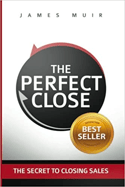 James Muir is the best-selling author of "The Perfect Close" - a book that leverages the latest science to show why applying the old counter-productive closing tactics are holding salespeople back. I'm delighted that James has agreed that I can republish the following article as a guest post.
James Muir is the best-selling author of "The Perfect Close" - a book that leverages the latest science to show why applying the old counter-productive closing tactics are holding salespeople back. I'm delighted that James has agreed that I can republish the following article as a guest post.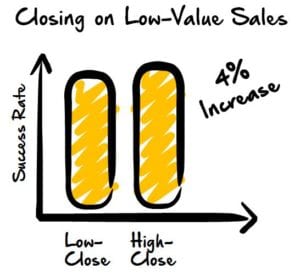
 James Muir is the founder and CEO of Best Practice International and the bestselling author of the #1 book on closing sales - The Perfect Close. James is a 30-year veteran of sales having served in every role from individual contributor to Executive VP. His mission - to make the complex simple. James has extensive background in healthcare where he has sold-to and spoken for the largest names in technology and healthcare including HCA, Tenet, Catholic Healthcare, Banner, Dell, IBM and others. Those interested in learning a method of closing that is zero pressure, involves just two questions and is successful 95% of the time can reach him at PureMuir.com.
James Muir is the founder and CEO of Best Practice International and the bestselling author of the #1 book on closing sales - The Perfect Close. James is a 30-year veteran of sales having served in every role from individual contributor to Executive VP. His mission - to make the complex simple. James has extensive background in healthcare where he has sold-to and spoken for the largest names in technology and healthcare including HCA, Tenet, Catholic Healthcare, Banner, Dell, IBM and others. Those interested in learning a method of closing that is zero pressure, involves just two questions and is successful 95% of the time can reach him at PureMuir.com.
















